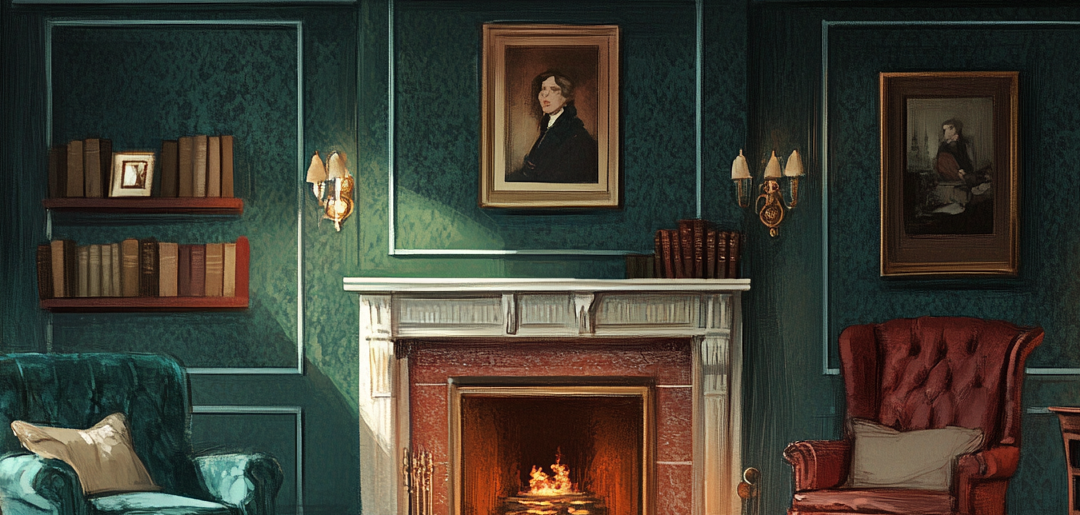Introduction
As many of you know, I recently started a Master’s in Fine Arts (MFA) in Fiction Writing, via King’s College in Halifax, Nova Scotia.
There are several courses that I’ll be working on and from time to time, I’ll be asked to write short essays about different books or writing styles. 
What follows is an example. We were asked to read and comment on the recently released Detective Aunty, written by Toronto’s Uzma Jalaluddin. The short version of my first take from this book is that she’s hit a home run and has entered the world of ‘cozy mysteries’ with considerable finesse.
The purpose of the question / assignment was to discuss cozy mysteries and how Jalaluddin leans in to certain tropes and whether or not I felt she was successful with the model.
Review
I’m not a detective … I simply notice things
– Kausur Kaur, p. 8, Detective Aunty
A ‘cozy mystery’ relies on various tropes to create a relatable reading experience.
Detective Aunty is an example of this genre as the author Uzma Jalaluddin creates a world centred around the amateur sleuth, Kausar Kaur. Her daughter Sana is accused of murdering a local merchant in Toronto, and it seems only Kausur can solve the mystery.
Detective Aunty begins in North Bay but after getting ‘the second worst phone call in [her] life’ (p.3), Kausar is drawn to Toronto, where Sana lives. The unique characteristic of Toronto is that the key locations – the fictional Golden Crescent area and mall located in the Scarborough area – are typical Toronto-style ‘pockets’ of smaller communities. Big Box retailers haven’t crushed the small-town shopkeepers. The economic environment Jalaluddin chose is almost as important as the characters, because it yields plot components and distractions that are central to the progression of the story.
Like any cozy mystery, we encounter relatable characters. May Kildair, Kausur’s friend, acts like a muse or motivator. She has faith in her friend’s abilities, stating outright that Kausur has ‘superpowers’ (p.13). Kildair also gifted her a notebook titled Kausur Kaur Investigations which Kausur uses throughout her investigation.
As the mystery first deepens and is subsequently unraveled by Kausur, she reacquaints herself with old friends but also meets many new people that are familiar to readers, at the risk of seeming stereotypical. There’s the Asian grocery store owner; the cheesy investment guy; the potential love-interest.Also, everyone seems to have a side-hustle going on, making it hard to track who might have an interest in Imran’s murder.
Clues are everywhere, but only Kausur seems to notice the slivers of sense that lead to solutions. On page 161 (and again at the dinner at the end where all that’s missing is Kausur saying ‘the butler did it), the reader is treated to a nice summary.
The relationships that develop through the book are essential to Detective Aunty because it’s their personalities, histories and ambitions that yield the clues and NOT the forensic evidence. For example, Kausurpicks up on Deanna (the cell phone store ‘owner’) as part of a police operation by asking her questions about her family and cultural background.
Gossip gets its oxygen from life events like murder, so the death of Imran Thakur sparks significant conversation about the sale of the mall; the car theft ring; and, of course, affairs that seem to cross-pollinate like bees in spring. An hyperbolic example of this is the mention of 6IXBUZZ, a real social media platform that amplifies tabloid-style rumours.
Finally, there’s the back story about Imran’s phone, which Jalaluddin cleverly weaves through the mystery. Fans will have to wait until the sequel to discover who has the phone; who’s behind the car theft ring; who sent the threatening texts; and how everything might be related to the death of her son, Ali.
Other Observations
During my residency in Halifax at the beginning of June, I met roughly 150 people, most of whom are now student with the MFA, either as 2026 students or 2027.
After many days, there were several readings by different authors and Jalaluddin was available to read from her new book. The next day, she taught a brief lesson for all of the students in the fiction program. Both were wonderful experiences and it was a privilege to be in the same room.
